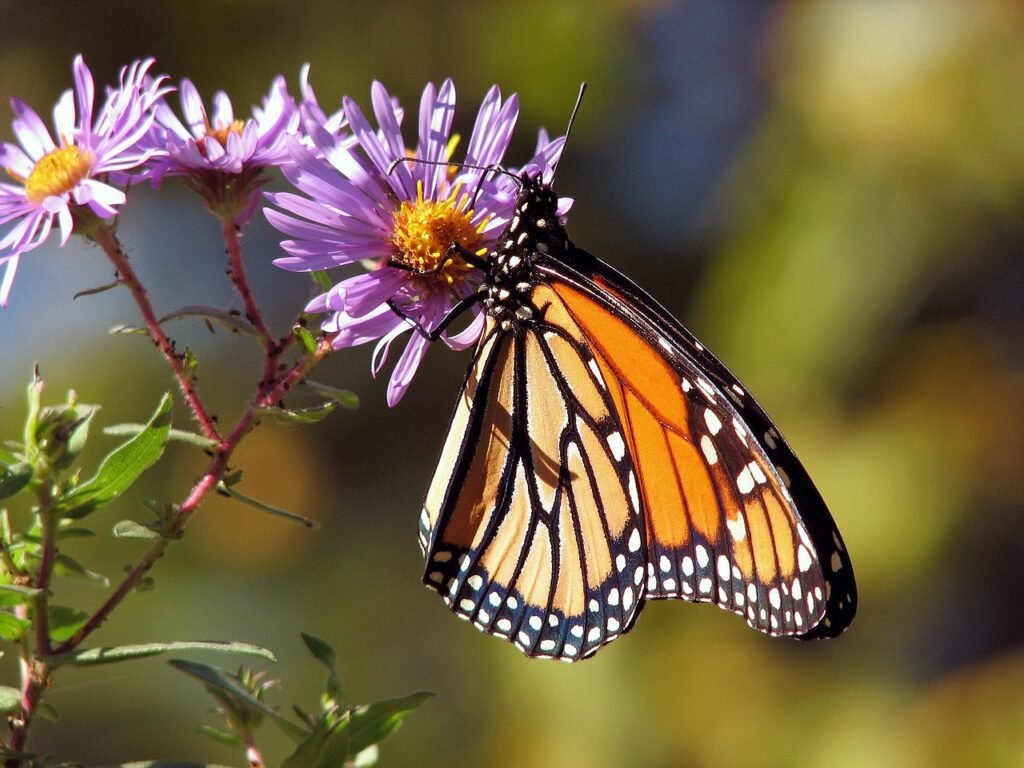10 Essential Principles for Creating a Stunning Garden Design
Gardens are not merely arrangements of plants and flowers; they are living, breathing works of art that can captivate the senses and soothe the soul. Whether you have a sprawling estate or a modest backyard, understanding the fundamental principles of garden design is essential for creating a space that is both beautiful and functional. In this article, we will explore ten essential principles that can help you craft a stunning garden design.

Understand Your Space
Before you start planting, take the time to understand your garden’s unique characteristics, such as its size, shape, sunlight exposure, and soil type. Consider how these factors will influence your design choices and work with them rather than against them.
Create a Focal Point
Every garden should have a focal point—a central element that draws the eye and anchors the design. This could be a striking sculpture, a majestic tree, a bubbling fountain, or even a carefully curated flower bed. Whatever you choose, make sure it is visually interesting and complements the overall theme of your garden.
Establish Balance and Symmetry
Balance and symmetry are essential for creating harmony in your garden design. Aim for a sense of equilibrium by evenly distributing elements such as plants, pathways, and structures throughout the space. However, don’t be afraid to introduce asymmetrical elements for added interest and dynamism.
Think About Scale and Proportion
Pay attention to the scale and proportion of the elements in your garden to ensure that they complement each other and create a cohesive overall look. For example, large plants and structures may overpower a small garden, while tiny accents may get lost in a vast landscape.
Layer Your Plantings
Create depth and visual interest in your garden by layering plants of different heights, textures, and colors. Start with tall trees and shrubs at the back, followed by mid-sized perennials and groundcovers, and finish with low-growing flowers and grasses at the front. This technique mimics the natural order of plant communities and adds dimension to your design.
Use Color Strategically
Color can have a profound impact on the mood and atmosphere of your garden. Experiment with different color schemes—such as monochromatic, complementary, or analogous—to evoke different emotions and create visual drama. Remember to consider how colors will change throughout the seasons and how they interact with the surrounding landscape.
Incorporate Texture
Texture adds tactile interest to your garden and can be just as important as color and form. Mix and match plants with varying leaf shapes, sizes, and textures to create a rich tapestry of foliage. You can also introduce texture through hardscape elements such as stone pathways, wooden fences, and decorative accents.
Provide Unity and Cohesion
Tie your garden together with cohesive design elements that create a sense of unity and flow. This could include repeating patterns, materials, or themes throughout the space to create visual continuity. By establishing a consistent design language, you can ensure that every corner of your garden feels connected and purposeful.
Consider Functionality
While aesthetics are important, don’t forget about the practical aspects of your garden design. Think about how you will use the space—for entertaining, relaxing, gardening, or playing—and design accordingly. Incorporate features such as seating areas, pathways, and storage solutions to enhance usability and convenience.
Embrace Sustainability
Finally, make sustainability a priority in your garden design by choosing native plants, conserving water, and minimizing chemical inputs. Design your garden to work in harmony with the natural environment, supporting local wildlife and promoting biodiversity. By adopting eco-friendly practices, you can create a garden that is not only beautiful but also beneficial for the planet.
In conclusion, creating a stunning garden design requires careful planning, creativity, and attention to detail. By following these ten essential principles, you can transform your outdoor space into a captivating oasis that delights the senses and nourishes the soul. So roll up your sleeves, grab your gardening tools, and let your imagination run wild—the possibilities are endless!